Few people managed to figure out why they should use Path when it launched late last year as a mobile photo/video-sharing app for close friends and family members. It eventually grew to acquire more than a million users in a year but its usage hasn’t exactly caught on. According to its Facebook page, it only has 50 thousand monthly active users. Earlier this week, Path launched version two of its mobile app for iOS and Android.
The new version of Path allows its users to share not just photos and videos, but also locations, song titles, as well as your thoughts and when you’re asleep or awake. Despite the changes, the ultimate aim for Path remains the same, which is to become a journal of your life in which you share all the different and precious moments with those closest to you.
Founded by Dave Morin, formerly of Facebook and Apple, and software developer Dustin Mierau, Path’s launch was overshadowed by the more explosive and inclusive Instagram. Path’s limitation to just 50 friends played a part in turning a lot of people off the service. Path has since raised that limit to 150 but it also has done more to raise its profile.
In case you were wondering, according to Path, both limits were apparently based on an Oxford University research regarding trusted relationships throughout a person’s life.
According to the study, the average person tend to have no more than a total of 50 close friends and families and 150 actual friends that they keep in touch with regardless of how many connections or acquaintances made.
If you’re already on Facebook and Twitter, what’s the attraction of Path then? In a word, privacy. When sharing on other sites, it’s mostly for public consumption. On Path, it’s for you and your closest friends and loved ones only.
The privacy setting on Facebook for example, is so obscure, most people won’t bother setting it up and most people end up sharing everything publicly anyway. And then there are photos or records of you that are being shared by other people, which you cannot control, visible to people you may not be comfortable with. If your access to Facebook is almost exclusively from mobile devices like people in Indonesia or India, you won’t have easy access to many of Facebook’s privacy settings.
Twitter has become a public information network. Anything you share on Twitter is open for everyone to see, unless you’ve set it to private, but setting it to private limits your ability to interact with others and those who follow protected accounts can still manually copy, paste, and reshare your updates anyway. Twitter is decidedly not private.
Path provides a private destination to log your activities and thoughts and the only person who can share it is yourself. There are no retweets or reshares and the updates cannot be copied (though you can take screenshots for incriminating evidence). You can choose to document individual entries privately or to your friends.
The new Path shares a lot of characteristics with Facebook and many are saying that it’s a pitch to have it acquired by Facebook. If it is, I think it’s a shame because a lot of it is what Facebook isn’t, what Facebook probably should have been, and what it probably never will be anymore.
Facebook can’t and won’t appeal to people who want Path to remain what it is, a closed, private, social network. Having said that, TheNextWeb noted that Facebook does have 350 million mobile users with nearly 100 million members using its iPhone app and over 80 million using its Android app.
When you’re sharing with a trusted group of friends and families, the kinds of things you share will tend to be much more personal and more intimate. People tend to open up a lot more when surrounded by people who are more trusted than anyone else.
Once you found yourself with a very large audience, say a thousand or more followers, the entire notion of sharing becomes something completely different. Whether you like it or not, you end up thinking whether you should share those thoughts in your mind, those photos you have, those songs you listened to. Those things can be embarrassing or dangerous when shared publicly yet you have the drive to share them with a certain group of people.
This idea of limited sharing is exactly what drove Google to build Google+ with its circles of friends/connections from the ground up. It wants to take advantage of that sense of freedom gained from being able to share things privately (and perhaps eventually sell advertising against those supposedly private updates).
We won’t know if Path is indeed a pitch for acquisition until it happens (or not) but this whole notion of a private and well designed version of mobile Facebook is certainly novel enough to prove that there is still a market for another social network. All it takes is the right twist on an existing feature.



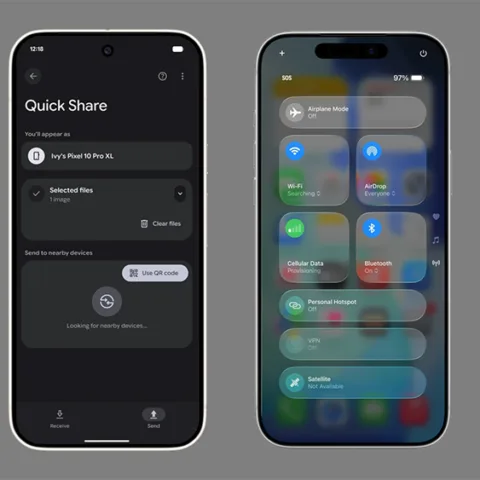
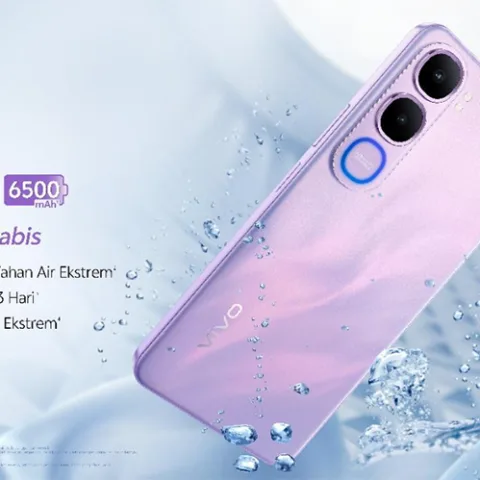

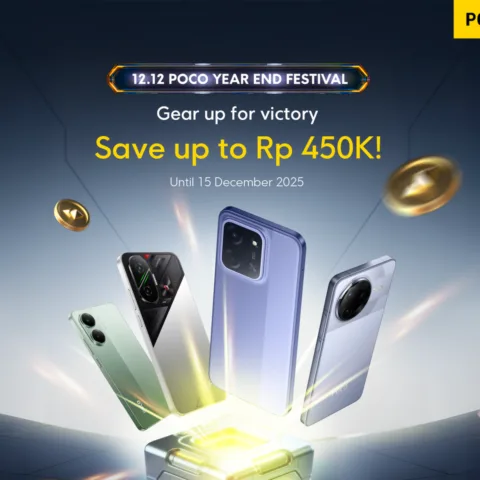
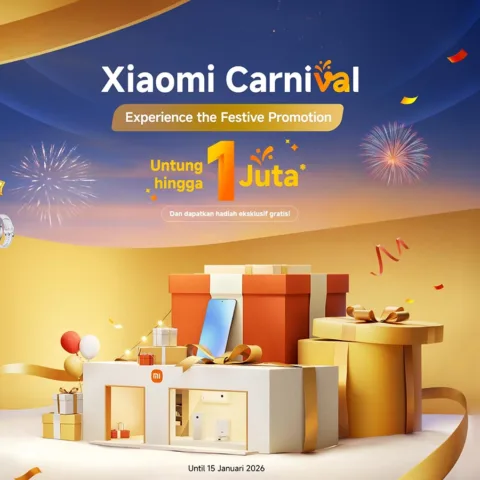

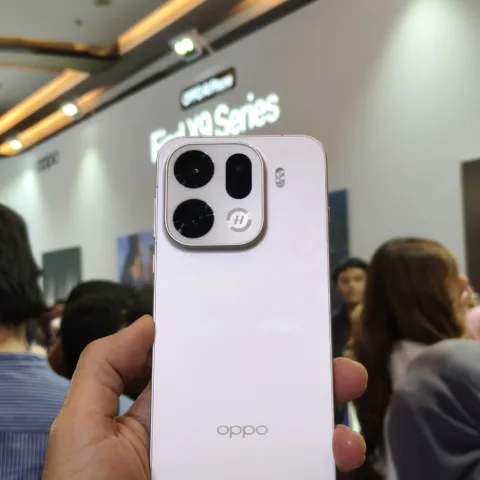


Spesifikasi :
Band :
– GSM 850 / 900 / 1800 / 1900
– HSDPA 900 / 2100
Dimensions : 115 x 66 x 10.5 mm
Weight : 130 g
DISPLAY : TFT capacitive touchscreen, 16M colors
Size :
– 640 x 480 pixels, 2.8 inches
– QWERTY keyboard
– Touch-sensitive controls
– Optical trackpad
– Proximity sensor for auto turn-off
– Accelerometer sensor for auto-rotate
Alert types : Vibration, MP3 ringtones
Loudspeaker : Yes
3.5mm jack : Yes
Phonebook : Practically unlimited entries and fields, Photocall
Call records : Yes
Internal : 8GB storage, 768 MB RAM
Card slot : microSD, up to 32GB
GPRS : Yes
EDGE : Yes
3G : HSDPA 14.4Mbps, HSUPA 5.76Mbps
WLAN : Wi-Fi 802.11 b/g/n, dual-band, Wi-Fi hotspot
Bluetooth : Yes, v2.1 with A2DP, EDR
Infrared port : No
USB : microUSB v2.0
CAMERA : Primary 5 MP, 2592 x 1944 pixels, LED flash
Features : Geo-tagging, face detection, image stabilization
Video : 720p
Secondary : No
FEATURES :
– BlackBerry OS 7.0
– 1.2 GHz QC 8655 processor
– SMS, MMS, Email, Push Email, IM
– HTML
– Games
– GPS with A-GPS support, BlackBerry Maps
– Java MIDP 2.1
– NFC support
– BlackBerry maps
– Digital compass
– Document viewer
– MP4/WMV/H.263/H.264 player
– MP3/eAAC+/WMA player
– Organizer
– Voice memo/dial
– Predictive text input
BATTERY : Standard battery, Li-Ion 1230 mAh
Stand-by : Up to 307 h (2G) / Up to 307 h (3G)
Talk time : Up to 6 h 30 min (2G) / Up to 5 h 50 min (3G)
Music play : Up to 50 h